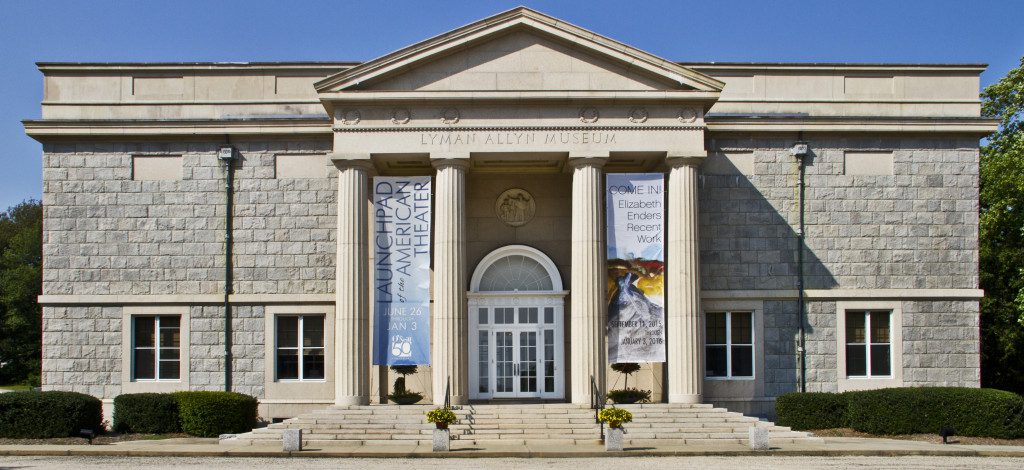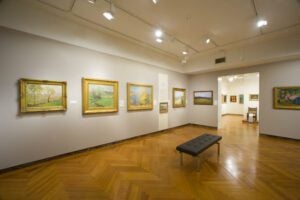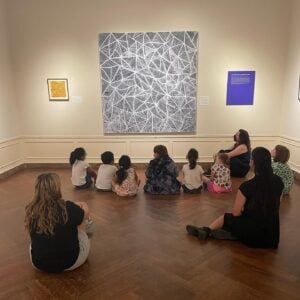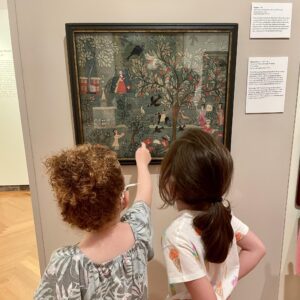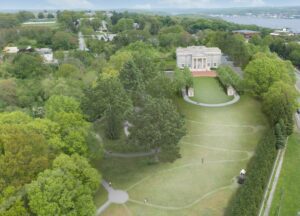July 18, 2014 – February 1, 2015
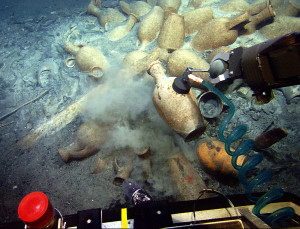
Driven by the desire to explore, trade, and conquer new lands, mariners of the ancient world sailed the waters of the Mediterranean, Aegean and Black Seas, spreading their cultures and their wares, laying the groundwork of Western civilization. Celebrated in verse, these daring mariners ventured from their homeland and often-time didn’t make it to their destination – their ships the victim of storms, piracy or warfare. They remained lost at sea until modern day explorer Robert Ballard, and his team of researchers aboard the E/V Nautilus using state-of-the art robotic technology, located them in deep waters, far from their original ports.
This exhibit explores the ancient Roman trade route from Carthage to Ostia; Black Sea trade routes from Sinop to Chersonesos; Aegean trade routes from Constantinople to Athens and Rhodes . The exhibit shows beautifully preserved artifacts recovered from the depths of these seas – glassware, tools, and amphora that carried wine, olive oil, and a popular fish paste called garum which was traded for weaponry, household items, clothing, and gold and silver. These artifacts, along with stunning underwater video of their discovery, will be the highlight of the exhibit.
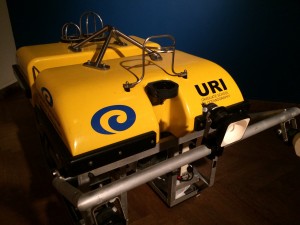
In addition, a goal throughout all of the explorations is not only to advance our understanding of ancient civilizations, but to foster their protection and conservation as time-capsules of history. Evidence of bottom trawling, especially in the Black Sea, has shown that many of the wrecks have been damaged and even destroyed. Recent advances in trawling technology are allowing fishing vessels to go deeper so no wreck is protected. Scientists and environmental advocates from several countries are attempting to bring this issue to worldwide attention. Marine archaeologist and Nautilus expedition leader, Dr. Michael Brennan, is taking the lead on fostering awareness of this issue in the Black Sea. His research on the Eregli E wreck-site, and its destruction by trawling, is featured in the exhibit.

